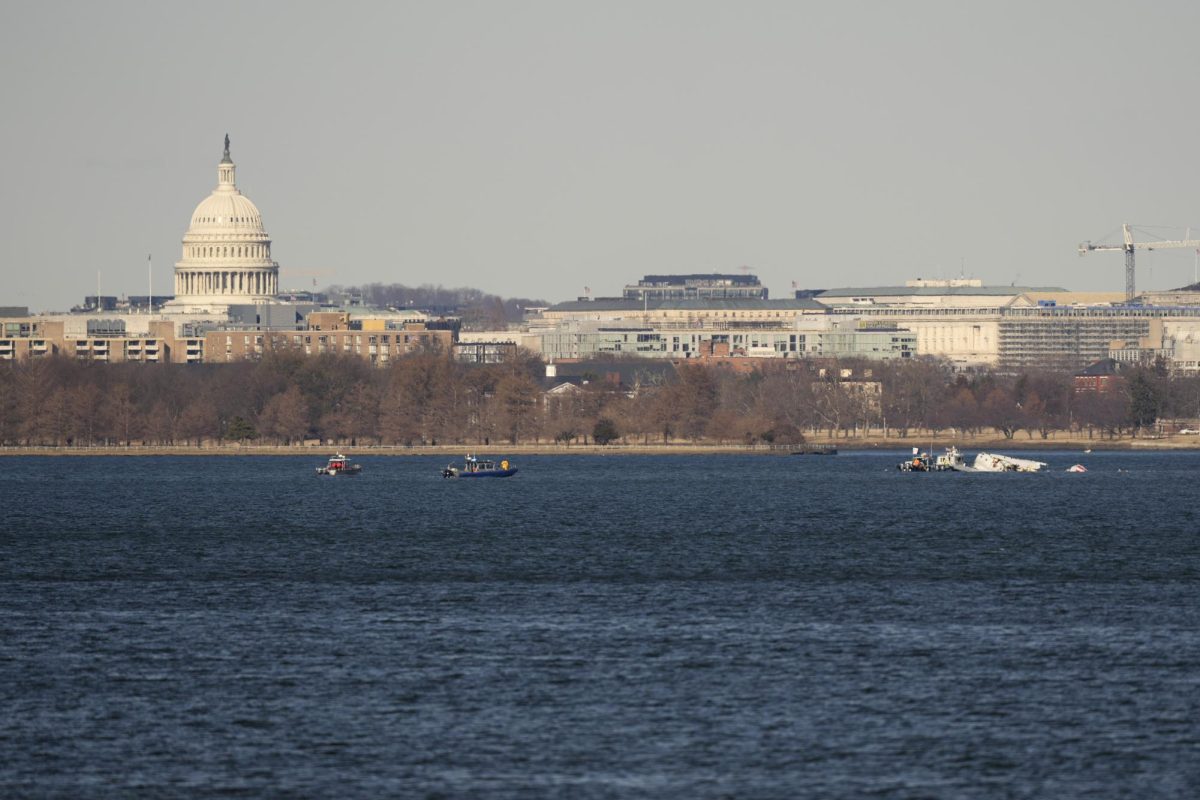Before I begin this piece, I want to clarify that these are my and my dad’s opinions and speculations. Until the FAA releases official information, there will be no definitive explanation for the crash.
On Jan. 29, 2025, a Black Hawk helicopter collided with an American Airlines passenger plane in midair. The airline was landing at Ronald Reagan National Airport in Washington, while the Black Hawk was conducting military training when the two aircraft crashed.
There were no survivors.
When I heard what had happened and saw the speculations about the cause of the crash, I knew it was a discussion I needed to have with my dad.
My dad, Jim Moseley, is the chief flight instructor at an FAA-approved flight school for airplanes and helicopters. He’s also a designated pilot examiner and the director of operations, meaning he oversees the maintenance of aircraft at the flight school.
To put it simply, he’s a pilot.
Before talking to my dad, I assumed that the crash was the Black Hawk’s fault. However, after our conversation, my perspective changed.
I now believe that multiple factors went wrong and that the accident cannot be attributed to just one party. This deep dive explores various speculations and factors that could have occurred.
The Airspace/Tower
In an airspace like D.C., which is highly restricted and closely monitored due to 9/11, both aircraft would have been on the tower’s radar. The tower would have been communicating with both aircraft, providing traffic updates constantly. If any two aircraft got too close to each other, the radar in the tower should have alerted personnel immediately.
If that’s the case, why didn’t the tower prevent the collision?
One possibility is understaffing. The aviation field is experiencing workforce shortages, including air traffic controllers. If the tower was short-staffed that night, it wouldn’t be the controllers’ fault but rather a systemic issue.
Another possibility is that the controllers heard the Black Hawk confirm visual contact with the plane and assumed the situation was under control. According to my dad, the bigger question is why the Black Hawk and the airline’s airspace overlapped in the first place. It’s the tower’s responsibility to ensure proper separation between flights.
The Black Hawk
In an audio recording moments before the crash, the Black Hawk crew can be heard saying, “Traffic in sight.”
My dad and I believe two possible scenarios could explain the collision, despite this acknowledgment:
The Black Hawk crew may have mistaken another aircraft for the American Airlines plane. While this might sound like an unlikely error, it’s quite common. My dad has personally experienced similar situations numerous times and knows pilots who have been involved in crashes due to such misidentifications.
The other possibility is even though it was a clear night, visibility was still challenging due to the bright city lights, departing and arriving planes and the low altitude. Operating a 20,000-pound aircraft in such conditions is difficult, and stopping in time to avoid a collision can be nearly impossible.
So if the Black Hawk couldn’t stop, why didn’t the American Airlines plane see it?
American Airlines
Landing at Reagan Airport is not a straight approach; it requires extreme focus to ensure a safe touchdown.
This means the pilots would have been manually flying the plane with full concentration on the runway. The cockpit would have been in “sterile mode,” meaning all non-essential conversation and distractions were stopped.
According to my dad, due to the difficulty of this landing, there is a real possibility that the pilots never saw the Black Hawk at all.
However, one lingering question remains: What happened to the aircraft’s traffic alert system? If it wasn’t functioning, the flight should have never taken off. Since it did take off it was presumably operational at departure. So, did the pilots receive a traffic alert and ignore it?If they did ignore it, why?
Conclusion
Ultimately, I don’t believe this is a case of a single party being at fault. My dad and I also don’t think this was intentional or part of some government conspiracy.
To me it seems the Black Hawk crew may have misidentified the plane, and the airline pilots might not have seen the helicopter. Everyone involved likely assumed they were making the right decisions. In the end, it appears to be a case of human error – nothing more, nothing less.


